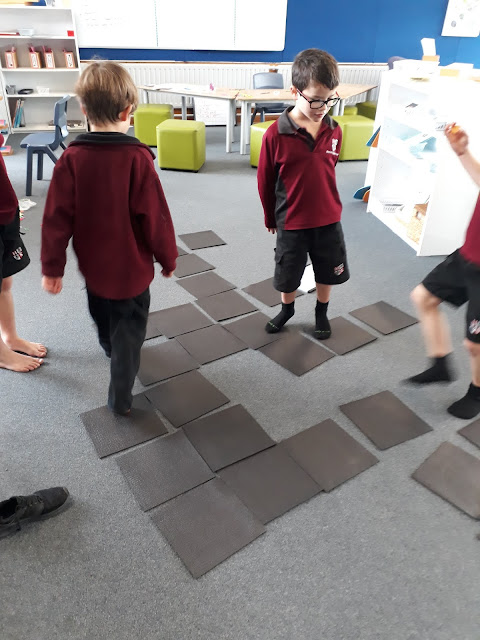In the preschool setting, it is not uncommon for tamariki to return to the same piece of material over and over again in a quest for the satisfaction that comes from mastering that particular piece of equipment.
During the Second Plane (6 to 12 years), children usually enjoy more challenge and variety in their work choices. They are often inspired by work that other children are doing and are keen to move onto abstraction of mathematical concepts. However, it is important that children are able to consolidate learning, otherwise they could miss out on fundamental building blocks and end up with 'gaps' in their understanding.
Learning basic addition and subtraction facts, identifying fractions, and practising times tables help students to use their working memory on solving more complicated mathematical problems rather than spending valuable mental energy on these operations. However, since children in the Second Plane are less enamoured with repetition, how can these skills be practised whilst still keeping students engaged?
I have found that variety is the spice of life in our classroom. Students complete a number of different mathematical tasks which offer challenge but also include valuable practise of skills. Here are some examples:
 |
| Addition Snake Game |
This student is adding and exchanging coloured beads for bars of ten golden beads. Later he is shown how to check his answer by laying the coloured beads next to the golden beads. The student starts to see combinations which add up to ten.
Other students have been introduced to ratio. They started off comparing different ratios using coloured play dough and coloured water.
 |
Mixing blue and yellow play dough in different ratios
|
 |
Mixing blue and yellow coloured water in different ratios
|
 |
The results
|

























































